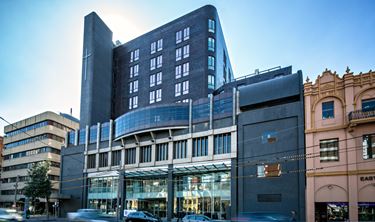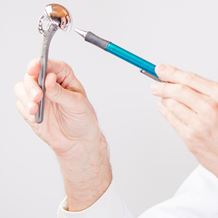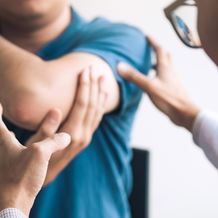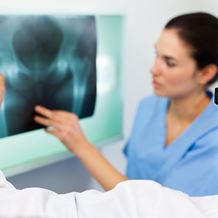Shoulder SLAP Tear
- Home
- Services
- Orthopaedics
- Shoulder Orthopaedics
- Common Shoulder Conditions
- Shoulder SLAP Tear
What is a rotator cuff tear?
A Shoulder SLAP tear (Superior Labrum from Anterior to Posterior) is an injury to part of the shoulder that helps stabilise the joint. The labrum is a rim of tissue that surrounds the outside edge of the shoulder socket. It acts as an anchor for many ligaments and it also helps deepen the socket to give greater stability. In a SLAP shoulder injury, the top of the labrum is damaged both in front (Anterior) and behind (Posterior) of the bicep tendon attachment point. The labrum is vulnerable to injury as it has a reduced blood supply and can easily tear as a result of sudden injury, acute trauma or repetitive action.
Many shoulder SLAP tears are the result of wear and tear and are not an uncommon condition in patients over 40. Symptoms can include a painful popping or clicking, discomfort when moving your arm over your head or reaching back, decreased strength and range of motion, shoulder instability and a deep ache inside the joint.
How is it treated?
Shoulder SLAP tears can be hard to diagnose as the symptoms are similar to many other shoulder complaints. Your doctor may suggest specific tests such as an MRI scan to help identify the problem. SLAP tears do not heal by themselves, however in less severe cases, patients do respond well to non-surgical treatment such as physiotherapy, anti-inflammatory medication and ice. In more severe cases of shoulder SLAP tear, or where symptoms persist, your doctor may recommend the frayed edges of the labrum are surgically trimmed (debridement), or alternatively, arthroscopic SLAP repair surgery. In older patients, this is usually performed in conjunction with biceps tenodesis to reduce the risk of post-operative stiffness.
How long does it last?
For non-surgical cases, shoulder SLAP tear is treated with a physiotherapy program, and activities are resumed gradually. This can take up to 6 months. For patients requiring surgery, the recovery time will depend on any other shoulder treatments performed simultaneously, such as rotator cuff tears. Using a sling for the first 6 weeks will immobilise the shoulder and allow the labrum to heal. The second phase of recovery is about restoring movement and the final phase focuses on actively strengthening the muscles that surround the shoulder joint. A full recovery is expected within 4-5 months depending on the extent of the operation.
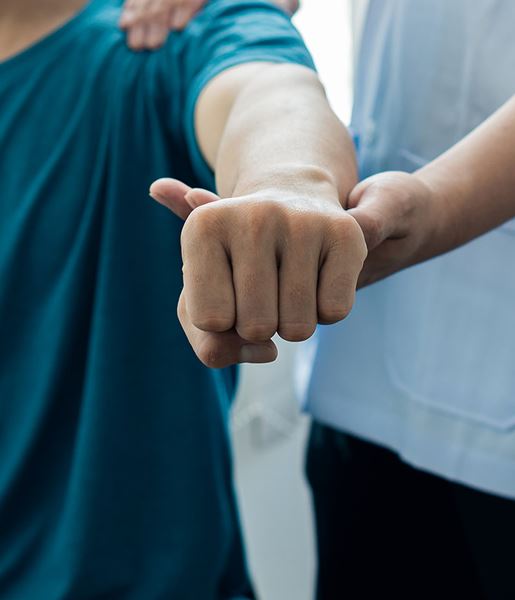
Shoulder replacement approaches
Find a hospital with orthopaedic services
Our Hospitals